What is powdery mildew?
- Powdery mildew is a fungus which grows superficially on a plants surface.
- In case of African violet plants, this can be on the leaves, stems, buds or blooms.
- Patches of powdery mildew can enlarge and in some cases cover a leaf both front and back and entire blooms.
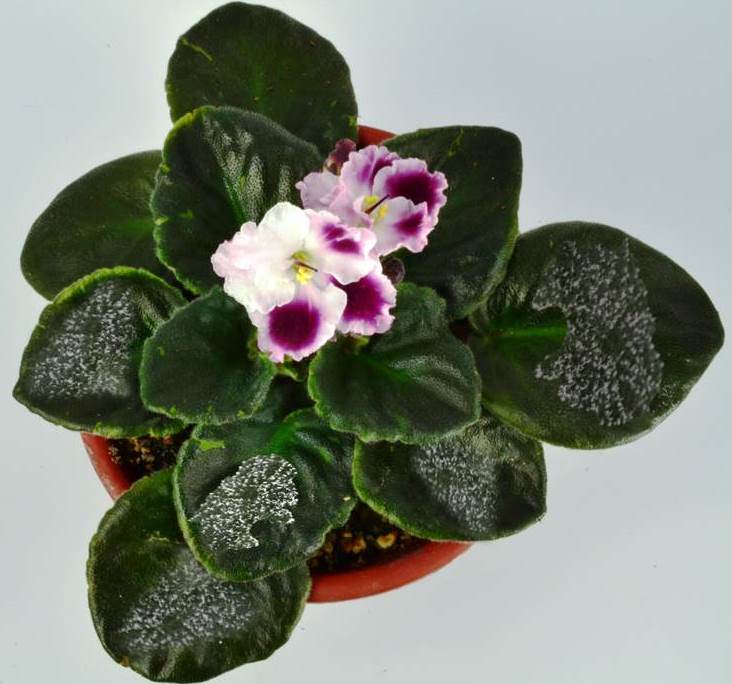
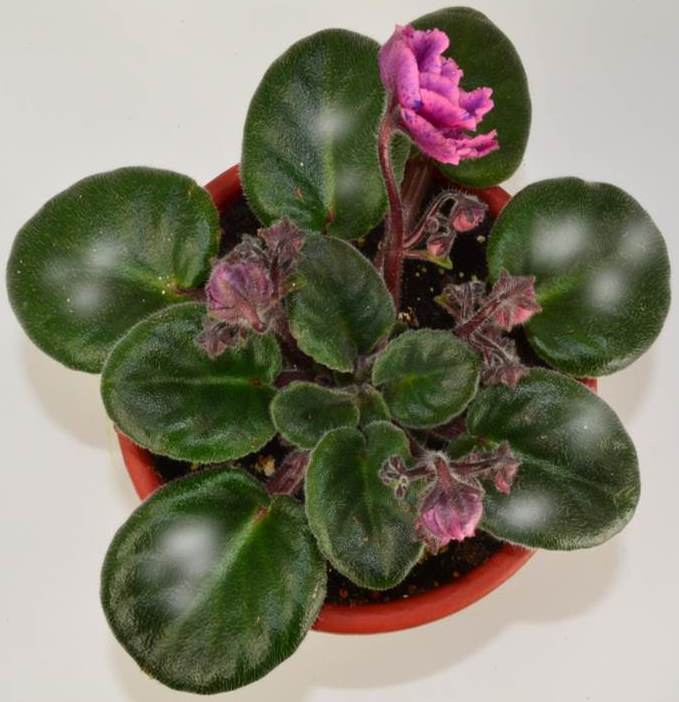
Why do you have to remove powdery mildew from African Violet plants?
- To maintain a healthy plant it is important to remove powdery mildew as soon as possible.
- Powdery mildew is responsible for slowing the growth of the African Violet plants.
- It can also cause the leaves to yellow, become dry and brown.
- In extreme cases if powdery mildew is not controlled it can cause plant growth dormancy and make the plant appear extremely unsightly!!

Where can powdery mildew on African Violet plants be found?
- Powdery mildew can be found on the outer surface of leaves, stems, buds and blooms.
- Young new growth of leaves and blooms may be particularly susceptible.
What does powdery mildew on African Violet plants look like?
- Powdery mildew looks like patches of white or powdery growth.
- On leaves and blooms they can look like powdered sugar dusted on them or like white spots or a white substance sitting on them.


Why do African Violet plants develop powdery mildew?
- In the case of African Violets, powdery mildew can develop due to high humidity (hot and humid conditions).
- Overcrowding of plants in a tray can cause powdery mildew due to poor air circulation.
- This can also lead to neighboring plants being infected too.
- Condensation on leaves due to temperature fluctuations between day and night can also cause powdery mildew (cold and wet conditions).
Below are examples of temperature and humidity meters, useful to keep in your growing area, especially when monitoring powdery mildew on your plants.
How to remove powdery mildew from African Violet plants?
- First remove all infected leaves, buds and blooms.
- Also remove all the remaining healthy buds/bloom stalks too. Second, water the plants well.
- For plants with a light coating of mildew or first signs of mildew, use a Q-tip dipped in 50% diluted solution of rubbing alcohol with water to gently wipe the mildew away.
- Or you can also lightly spray the plant with a 50% solution of rubbing alcohol.
- Make sure to treat the leaves underneath surfaces too.
- Other treatments methods include (always use tepid water):
- One tbsp baking soda, half tsp liquid soap and One gallon of water.
- One: nine parts organic milk mixed with water.
- One capful of Lysol mixed with 500ml of water.
- Remember not to spray very close up on the plant, spray in the air from a distance so the solution gently falls onto the plant.
- If the natural methods are not effective, spray diluted organic neem oil or a commercial fungicide over the plant foliage.
- Please follow exact directions on the container.
Below are recommendations of useful items used to remove powdery mildew on African Violets:

How to prevent African Violets from developing powdery mildew?
- Ensure basic routine care of African Violets to prevent development of powdery mildew.
- Routine grooming of the African Violet plant, i.e. removing dead, dried, yellow leaves and dried blooms can ensure that it maintains good growth.
- For more information on routine grooming African Violets, you can visit my blog post, “How To Groom African Violet Plants?“.
- Make sure the plant stands and surrounding areas are clean..i.e. the plant tray, tray lids, pots, tools and watering cans/containers are all clean and disinfected twice a year with a diluted bleach solution (1:9 bleach: water ratio).
- Space plants out evenly to ensure good air circulation, do not over-crowd.
- Purchase only disease free plants, inspect them well before purchasing.
- During hot summers use a fan to promote air circulation.
These are chemical alternatives to spray on African Violets to remove powdery mildew:

*Our Affiliate Programs: We are a participant in the Amazon Services LLC Associates Program, an affiliate advertising program designed to provide a means for us to earn fees by linking to Amazon.com and affiliated sites.
Though we do link to many items on Amazon out of convenience to our readers, we do also participate in other affiliate programs that also pay us a commission for any purchases you might make through our links (at no additional cost to you!).


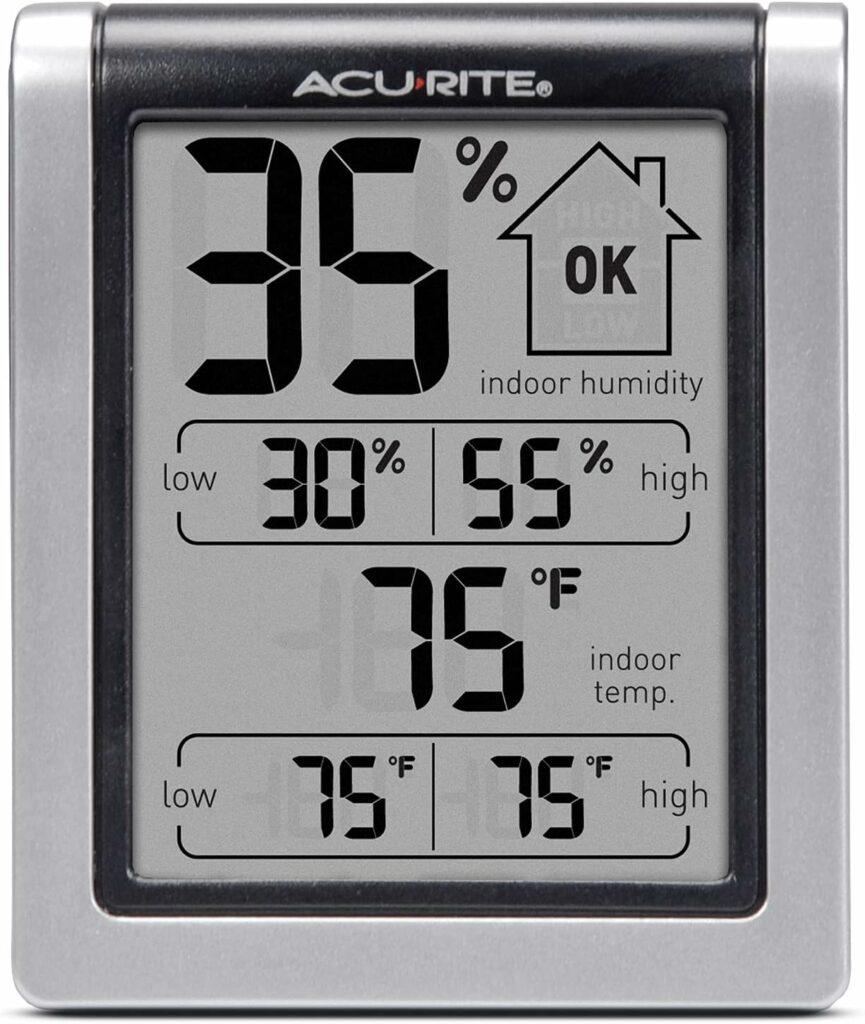
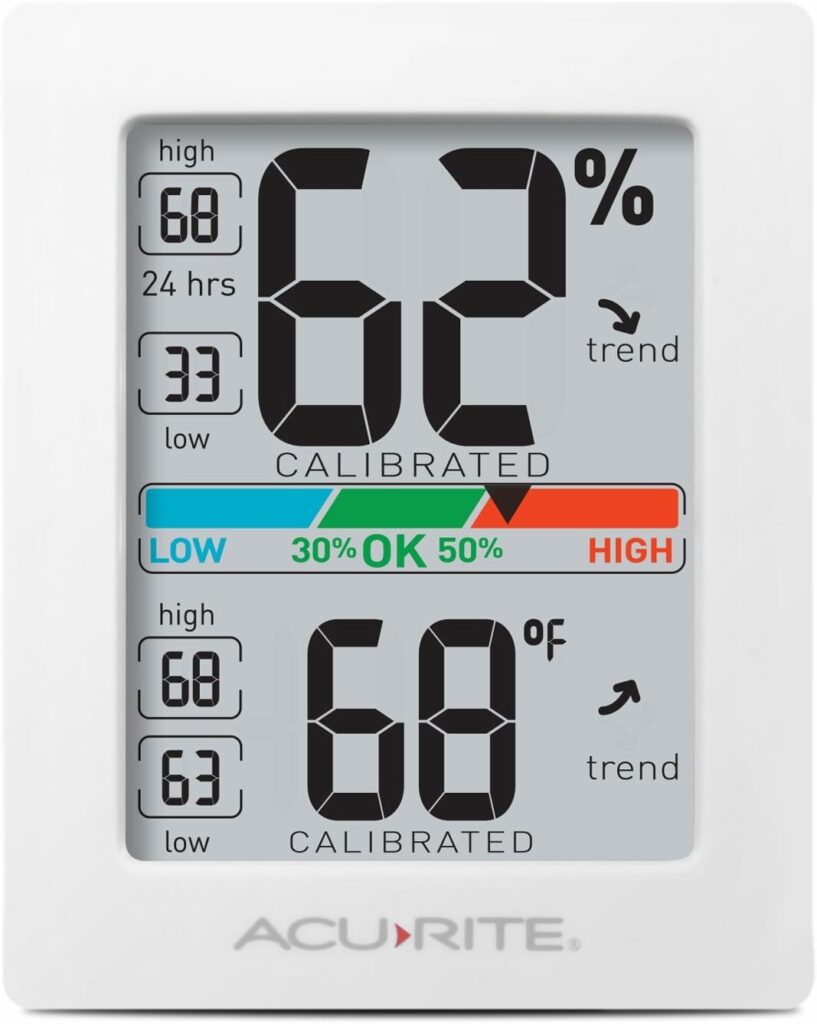
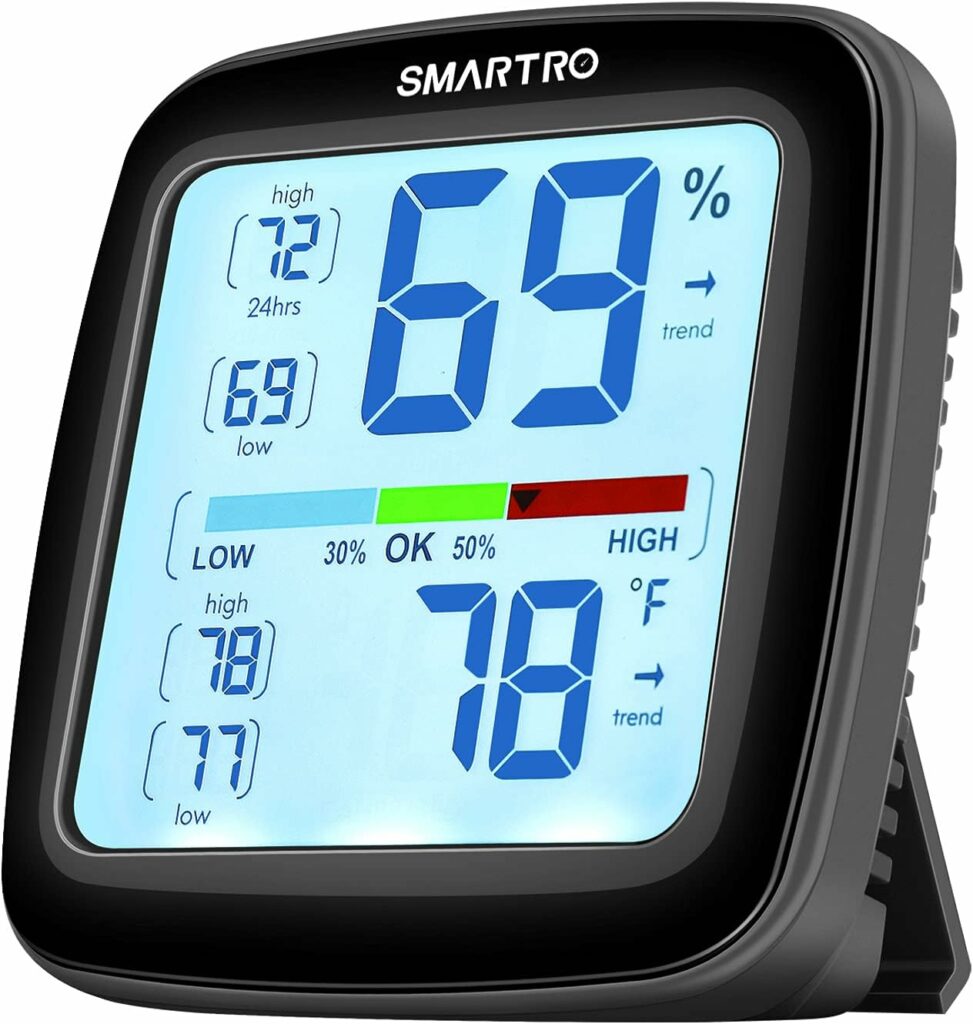
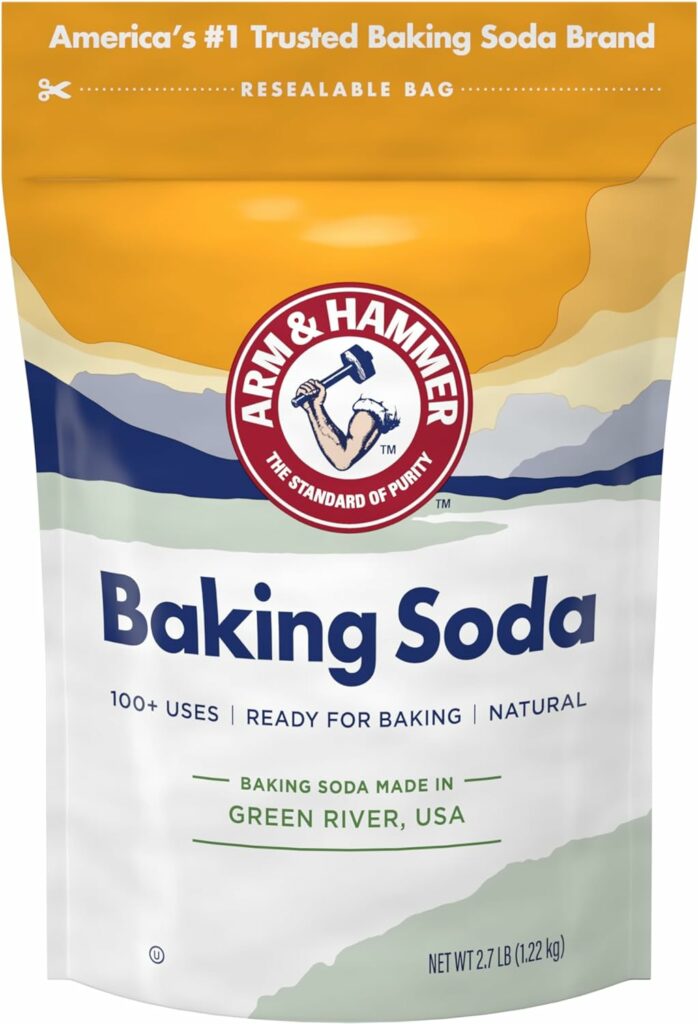
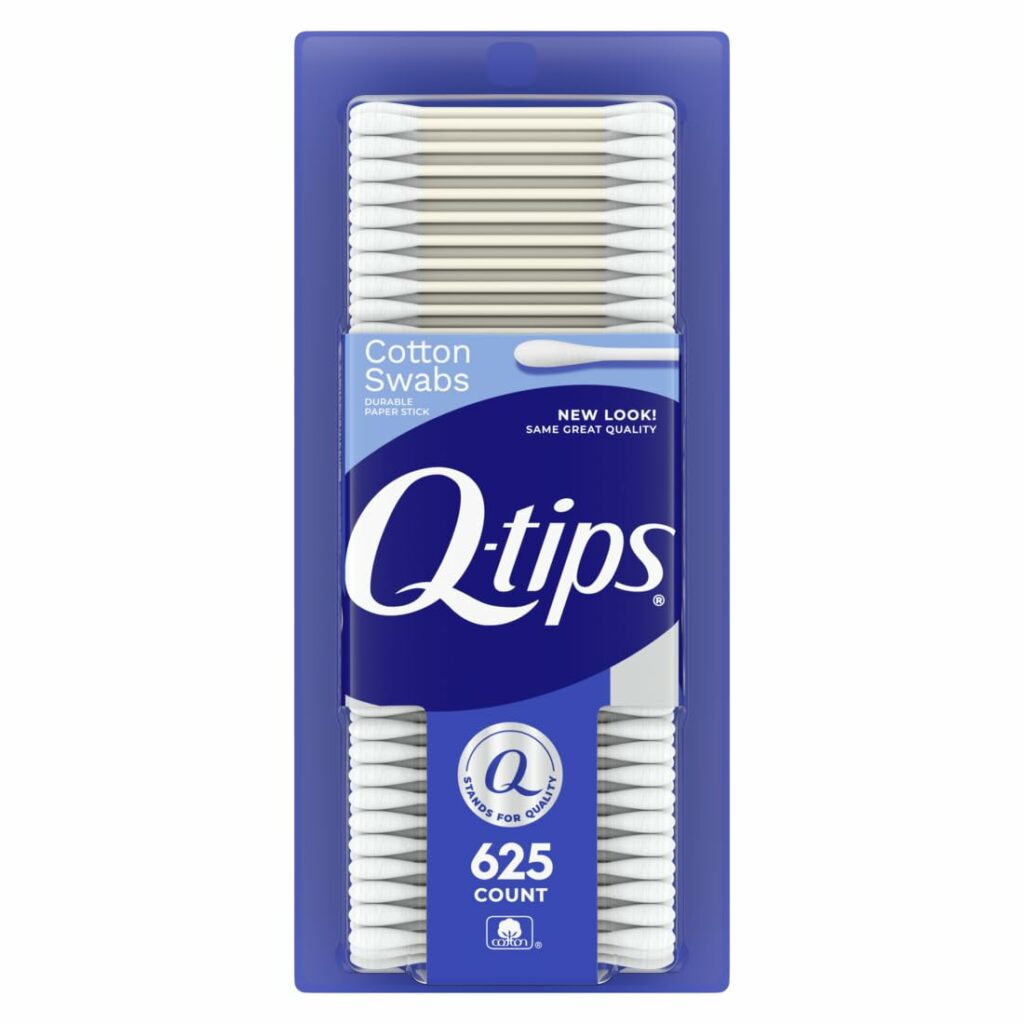
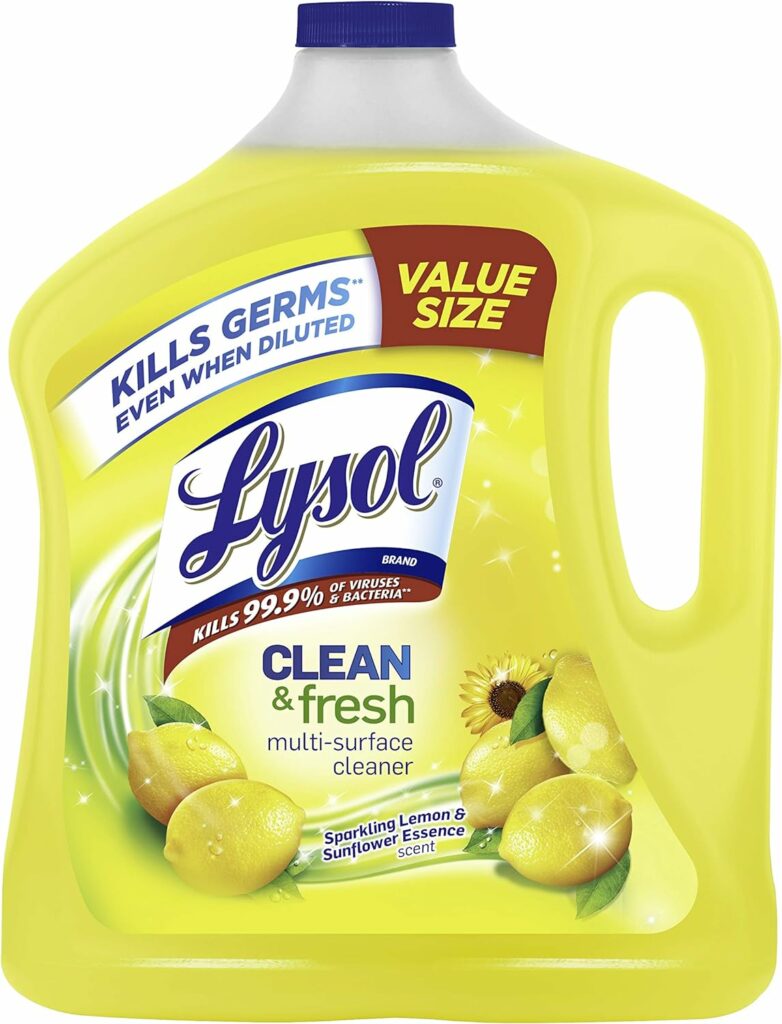
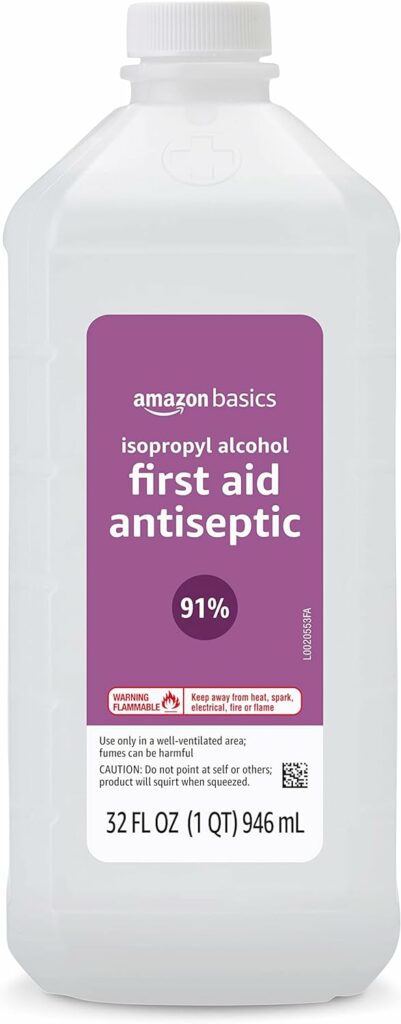
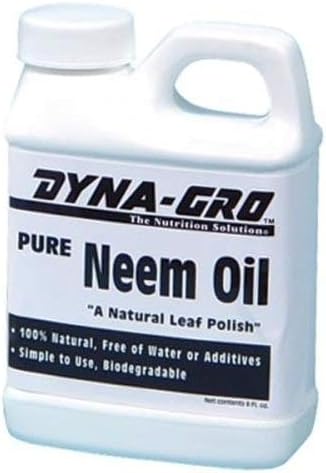
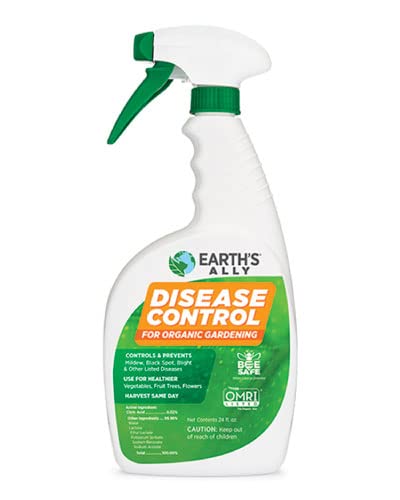
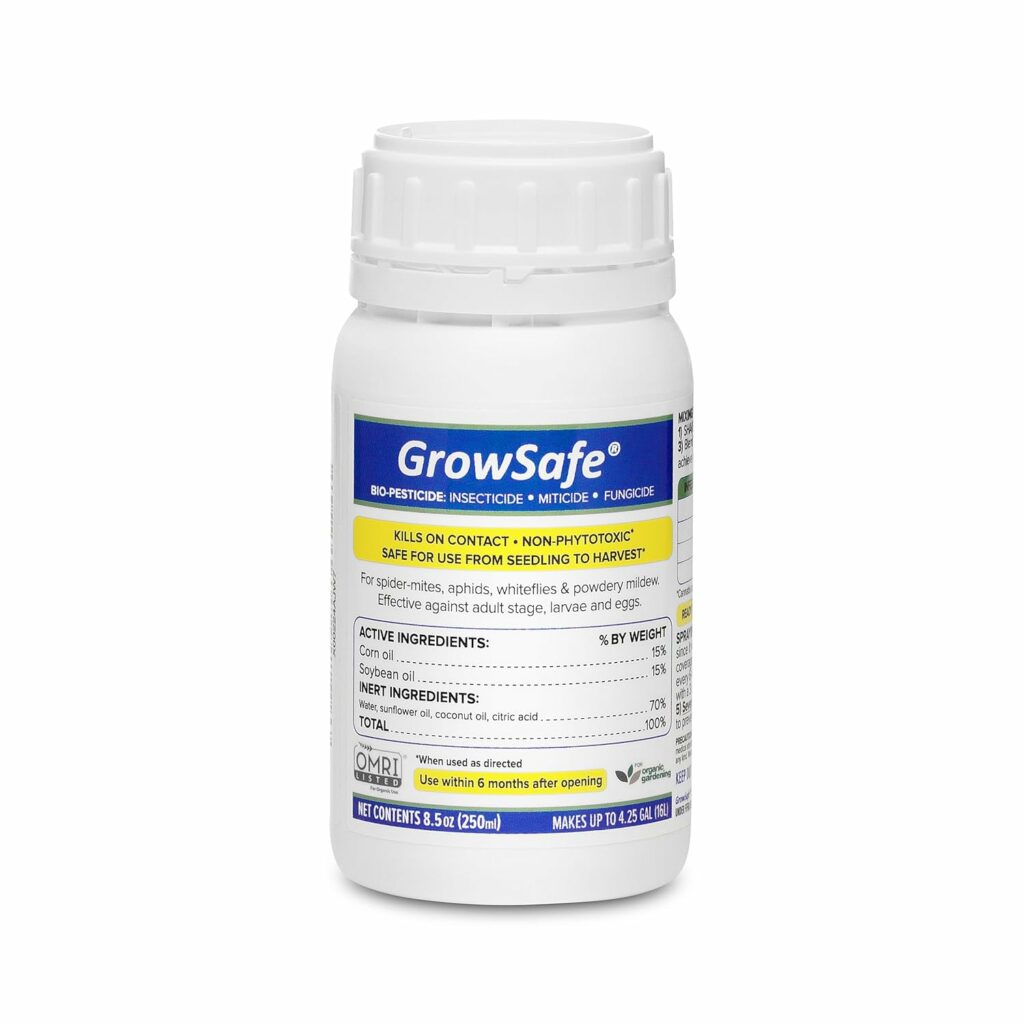
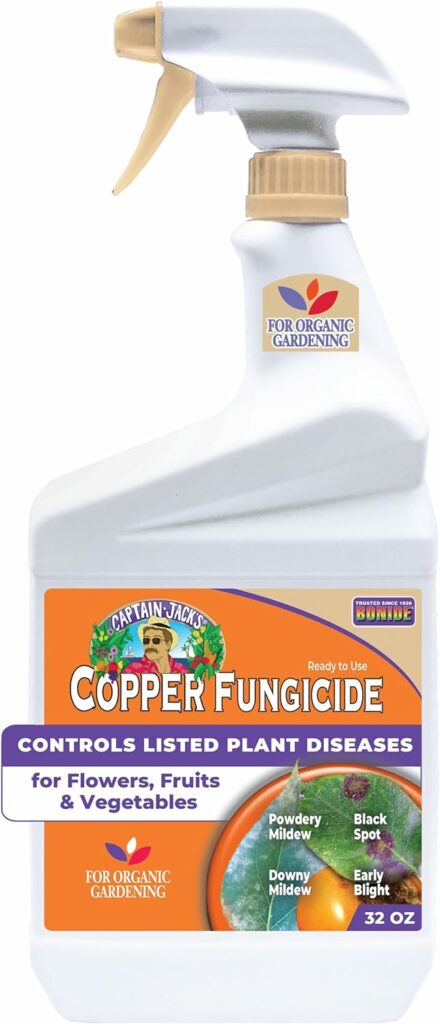
Thanks for the instructions and identification of mold on my miniature violets.
I’ll start with the 50% strength alcohol first and move up from there. I know exactly which plant brought it in too 🤨! Now I know what to look for thanks to you!
Happy Growing & Blooming!
Your welcome Krista!
Hello, Baby Violets. I am beginner in growing violets. I have noticed a white coat on new baby leaves : Young new growth of leaves only in the middle of the plant, not on mature leaves. tried Lysol, no effect. Is that Mildew? Thank you very much.
Hello Iryna, thank your for your question. Yes, you are right, if its a white coating, then it may be powdery mildew. Please take a look at, https://www.babyviolets.com/powdery-mildew-african-violet-plants/, compare your plant with the pictures, do they seem similar. If it looks like powdered sugar coating, then it may be powdery mildew. I would suggest, Immunox, can be found here at homedepot.sjv.io/XMBD3 or amazon. For a more gentler approach, can try neem oil, found here, https://amzn.to/2J3EgjA, might need few applications. Hope this helps,
regards,
BV
I’ve been using undiluted rubbing alcohol (which I think is too harsh over repeated use) and the mildew keeps coming back. I might try the baking soda and dish soap mixture next. My mini violets have mildew growing all the time. It won’t go away!
Hello Rachel,
thank you for you question. If possible, try to remove the leaves that have the worst mildew (only if its a few leaves, not all of them). That way you are limiting the spread. Keep the mildew plants in a separate area. Does your plant area get cold at night? The temperature fluctuations during winter, can make mildew worse. You can use a small dehumidifier in your plant area if possible. If your other solutions have not worked and mildew keeps coming back. I would recommend using a commercial solution, spectracide immunox, can be found at home depot – homedepot.sjv.io/XMBD3. Hope this helps. BV
Hello, love all the info I get here. My plants don’t have mildew, but my soil does. I use water that has been in the Brita pitcher. Room temperature. What am. I doing wrong?? Thx in advance.
Hello Beth,
thank you for your question. Is the temperature at your place colder. I have not seen powdery mildew in my soil, though I do see white mold growing on top, which is harmless. I usually just scrape off the mold and water less. Regarding powdery mildew in soil, when temps go below 60F at night and the air is dryer (due to low humidity), it can occur. If its just one plant and a little mildew, can mix 1 tablespoon of baking soda, 1/2 teaspoon of liquid dish soap and pour gently into soil over mildew. The plant can benefit with air circulation, if its crowded with other plants, can move to a slightly open area if possible. Hope this helps, BV
The entire center of my violet has this mildew. And knats. I tried the lysol, thought it helped but came back with a vengeance. Do I need to discard this poor little fellow?
Hello Tina, yes unfortunately bfrom your description but does seem like you will have to discard the plant. If the center us severely affected chances of survival are less. BV
I am just getting stated growing AVs. Mine are in self watering pots on a plant stand that is standing in a large saucer filled with rocks and water. They are growing in a South East window shaded by two large Crepe Myrtle trees. Do you thinks this is a good growing site and how do I fertilize the AVs is self watering pots? Love your site/info.
Hello Dee, thank you for your question. Yes, your set-up is fine, your violets will do well. If your self watering pot has a wick, you can first prepare a weak solution of fertilizer water (1/4th the recommended strength – 1/4tsp in a gallon water). Then pour this fertilizer water from the top into the soil, so the wick gets wet. Then you can add this same water to the bottom container/saucer, so the plant has continuous supply of diluted fertilizer. If you are using a self watering pot, without a wick, then you can add this diluted fertilizer solution, to the bottom container/ reservoir. Hope this helps, regards, BV
I’ve been battling a sporadic mildew problem with some of my AV’s. Mostly, it is the new growth at the center of the plants which is affected. I’ve pinched out the mildewed new growth, and sprayed the plants with alcohol. Now I’m getting multiple centers. Do I pinch all but one out? Please advise. Many, many thanks for all of your good information.
Hello Mrs. Plum, thank you for your question. Yes, you can pinch out the suckers growing from the sides. Leave only the center crown, pinch out the rest. regards, BV
Thank you so much for your answer!
Hi. Mildew just started with introduction of one purchased mv. I have all of mine potted in small clay pots that I change/clean yearly. I now see the white mildew on the pots too – is there a better option? I have started with neem spray for the plants and scrubbed the pots. Nights are cool here (50s) but this is the first year I have had a problem. Thank you much.
Hello Carolyn, thank you for your message. Yes, since you mentioned cooler nights, the change in temperatures can cause mildew. I would isolate the infected ones, keep them away from the healthy ones. Then remove any leaves/buds/flowers/stems with mildew. Clean your plant area with 70% ethanol if possible. Spray neem oil on the cleaned plants and place in a separate area or put inside a ziploc baggie, a little bit of humidity can be helpful too. Sometimes dry air can make the mildew worse. BV
Hello. I have had great success with KCO3, Potasium Bicarbonate. Powdery mildew cannot survive a ph of over 8.3. A fine mist twice a week has kept it at bay for as long as I’ve been using it. This is better than baking soda, Sodium Bicarbonate, which leaves unusable Sodium behind whereas
KCO3 leaves Potasium. Milstop is a great product with a surfactant to help evenly coat.